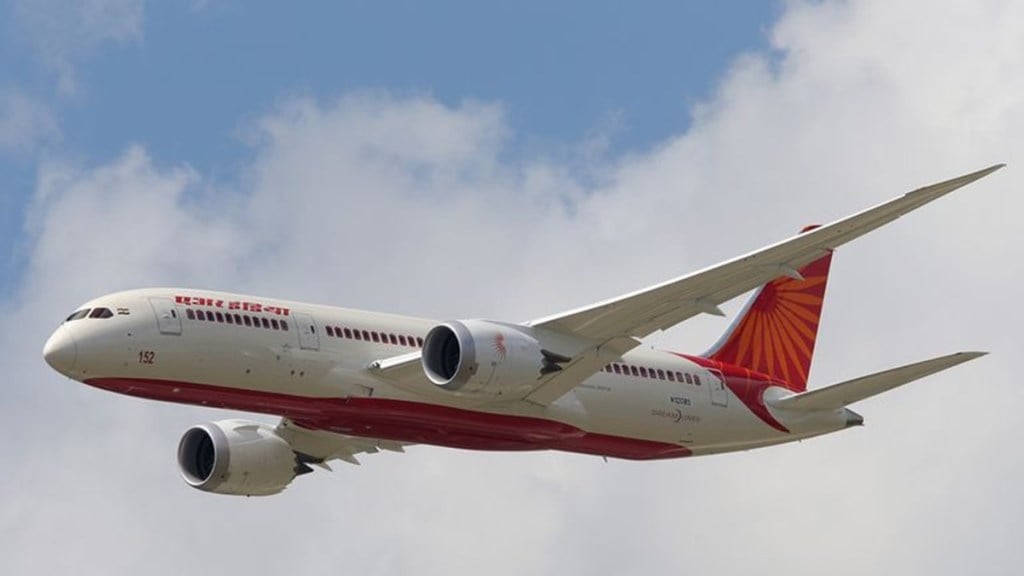Beleaguered air carrier Air India has experienced yet another setback as the aviation watchdog flagged 51 safety lapses in the past year. While a higher lapse count is normal for large carriers, several of these violations are critical lapses requiring immediate corrective measures.
DGCA’s safety audit findings
As part of its annual audit of the country’s airlines, the Directorate General of Civil Aviation (DGCA) uncovered 51 safety violations at Air India during the past year. The findings come amid renewed scrutiny of the airline after the tragic crash of its AI 171 flight from Ahmedabad to London in June, where 260 people lost their lives—although the audit was not related to the incident.
According to Reuters, 51 safety lapses were found in the July audit, “including lack of adequate training for some pilots, use of unapproved simulators and a poor rostering system.” Among these, seven safety-related lapses were of the highest level. Within the Air India Group, Vistara had ten Level 1 lapses while Air India Express had two Level 1 lapses.
In the Level 2 category, the group had 74 violations, of which 44 were by Air India.
Findings are classified as Level 1 (significant safety issues requiring immediate corrective action) or Level 2 (less urgent but still notable gaps in documentation or procedure adherence) breaches.
Kinds of violations mentioned in the report
According to a Reuters report, officials said they found “recurrent training gaps” for some unspecified Boeing 787 and 777 pilots, saying they had not completed their monitoring duties — where they don’t fly but observe functioning of instruments in the cockpit – ahead of mandatory periodic evaluations. The news agency, which said it had seen the report, said officials wrote in their report that Air India did not do “proper route assessments” for some so-called Category C airports — which may have challenging layouts or terrain — and conducted training for such airfields with simulators that did not meet qualification standards. “This may account to non-consideration of safety risks during approaches to challenging airports,” the DGCA audit report said as per Reuters. Further, it said no chief pilots were assigned for Airbus A320 and A350 fleet. The report noted that “door checks and equipment checks” showed inconsistency with procedures.
How did other airlines fare
Across airlines, the audit found 263 lapses in total. Other airlines with notable findings included Alliance Air (57), Ghodawat Star (41), Quick Jet (35), IndiGo (23), and SpiceJet (14).
Addressing the question of safety standards at various airlines, the DGCA said that for airlines with extensive operations and large fleet sizes, a higher number of audit findings is entirely normal. “The quantum and scale of their activities mean that such observations reflect the breadth and depth of their operations rather than any unusual lapse.” Air India has nearly 300 aircraft, while IndiGo has 419 aircraft in its fleet. SpiceJet has 19 aircraft in service.
Air India’s fleet includes 34 Boeing 787s and 23 Boeing 777s, according to Flightradar24 website.
What’s the next step for Air India
Airlines are formally notified after each audit, and are required to submit timely compliance reports specifying the corrective actions taken. These are considered during the next audit cycle. Air India had to fix the seven Level 1 breaches by July 30, while its 44 Level 2 violations have to be resolved by August 23. Air India has acknowledged the audit findings, indicated that it is fully cooperating with DGCA, and has highlighted its transparency during the audit process.
In the aftermath of the investigation that followed the June crash (separate from the annual audit), the aviation watchdog issued four show-cause notices (dated July 23) addressing 29 systemic violations, to which an Air India spokesperson responded, “We will respond within the stipulated period and remain committed to the safety of our crew and passengers.” Air India has seen several compliance hiccups—in 2023, 13 fabricated spot-check reports came in from multiple stations during an internal audit, and in 2024, the DGCA issued fines of around `98 lakh for allowing flights to operate with non-qualified crew, among other violations.
International norms & India
The International Civil Aviation Organisation (ICAO) issues an Effective Implementation score, which includes various aspects like legislation, organisation, licensing, operations, airworthiness, accident investigation, air navigation services, etc. When the DGCA was last audited by the ICAO (in 2022), the overall score was 85.65%,
up from 69.95% in 2018. The national score was also higher than the global average in all of the eight categories covered under ICAO’s Universal Safety Oversight Audit Programme.
Additionally, the US’ Federal Aviation Administration (FAA), regarded as the foremost global aviation regulator, conducted an audit of the DGCA in October 2021 and retained India’s Category 1 status under its international aviation safety assessment programme, signifying that Indian airlines meet international standards and allowing them to operate or expand services to the US.
The DGCA’s annual safety audit (called the Annual Surveillance Plan) assesses airline compliance across operational and safety domains, adhering to global best practices.
